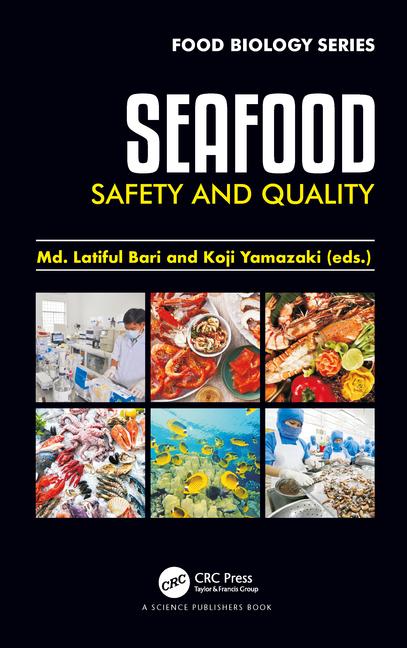It is an important fact of life that establishments conduct microbiological testing. Virtually all beef slaughter establishments test trim for E. coli O157:H7; poultry slaughter operations test for Salmonella and Campylobacter; and manufacturers of ready-to-eat product test for Listeria. In addition, many customers have micro-specifications for product quality.
A valid, well-thought-out sampling program provides necessary feedback to an establishment’s food-safety system. Conversely, a flawed sampling program can be detrimental: It can give a false sense of security, waste resources and provide a basis for adverse regulatory action.
Each establishment should periodically review its programs to ensure they are serving the intended function. What follows are some areas an establishment may wish to review.
Purpose — Every sampling program must have a purpose; why is the sampling conducted? The program could be ongoing or limited in scope. It could be used to verify the system is operating as intended or simply could be a customer or regulatory requirement. If an establishment cannot articulate precisely why a sampling program is conducted, it should consider eliminating that program.
Relationship of sampling to the purpose — The design of the sampling program, e.g., frequency of sampling, sampling procedures, laboratory method, and analytical sample size, should provide information to achieve the purpose. For example, total plate count on product taken in the cooler would provide insight into the cold-chain management, but such analysis would provide no information on whether the product has been contaminated with Listeria monocytogenes.
Review results — The only thing worse than not having a sampling program is to have one and ignore the results. Not only does this waste money, the data may show a problem, which the establishment would not catch but a regulatory official would during a Food Safety Assessment or a Hazard Analysis Verification procedure. Establishments should ensure the results are reviewed (and trended). Putting unreviewed results in a file drawer for the regulator to find has led to regulatory entanglements, up to and including criminal prosecution.
Validity of results — If an establishment runs a testing program, it should use an analytical method that has been validated for the product being sampled and the analytical sample size run. For example, if the establishment only analyzes 25 g of product when the method is validated for 325 g of product, the results may not be reliable and likely will not be recognized by a regulatory agency.
Note on companion samples — There are establishments that always draw a companion sample — a sample drawn in conjunction with an agency sample and taken solely because the agency took a sample. If the establishment believes its companion sample can be used to challenge a regulator’s result in the case of adulterant testing, the establishment is sadly mistaken. In such cases, if the regulator’s sample is positive, an establishment negative will not trump the agency positive. However, if the regulator’s sample is negative and the establishment’s is positive, the establishment’s result governs. In short, there is no true benefit to taking a companion sample for the purpose of challenging a regulator’s result.
That said, establishment testing in conjunction with a regulatory sample may serve other purposes. In the case of periodic verification sampling for an adulterant, if an establishment samples the same time as the regulator, it can minimize the number of times it has to hold product. If the analysis is for a non-adulterant, such as Salmonella in raw products, sampling together will allow an establishment to correlate its sample results with the agency’s results. As noted above, testing should be undertaken only when there is a meaningful benefit/purpose.







Report Abusive Comment